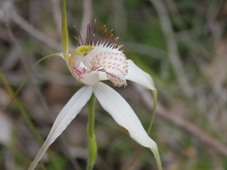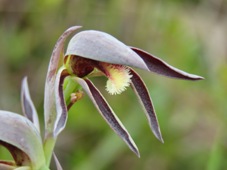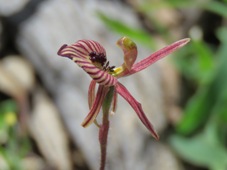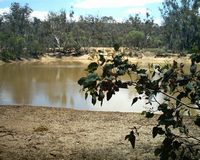
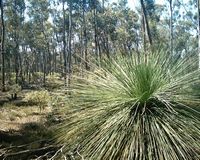
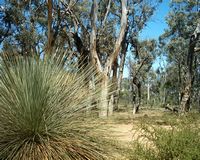
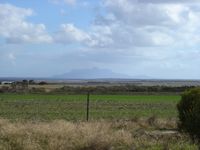
If you don’t want to walk to the end of the mile long Busselton Jetty, a train will make it easy. Visit the Underwater Observatory at the end of the jetty. Descending eight metres beneath the surface, visitors can view the amazing corals and fish life through eleven viewing windows, at various levels within a 9.5 metre diameter observation chamber.
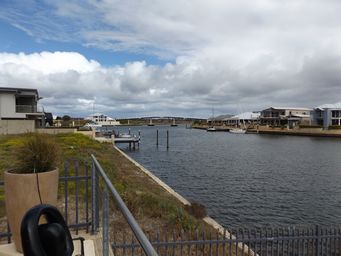
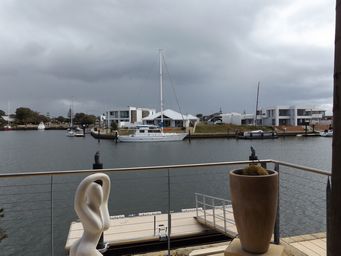
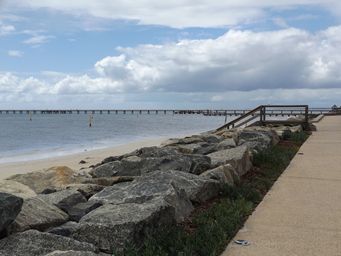
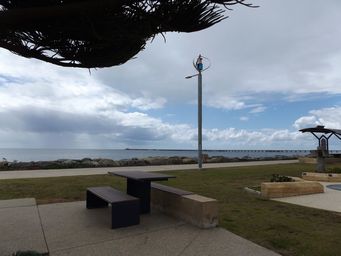
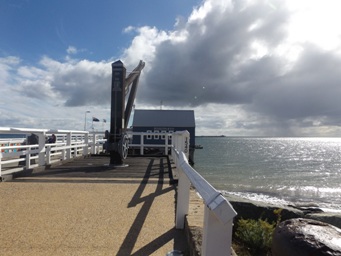
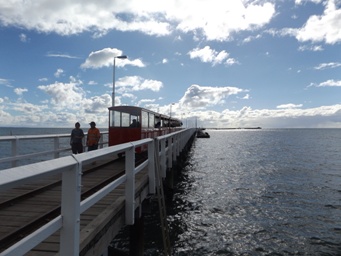
The Myrtle Benn Flora and Fauna Sanctuary features a walk trail and is a short distance from the town via Tunney Road. Farrar
Nature Reserve is another one for wildflowers in spring. Seven kilometres west of Kojonup via the Boyup Brook Road, turn south,
then follow the track which branches off to the old railway dam. A wonderful place to find native orchids. The delicate
native flowers of the South West and Great Southern are very different to the carpets of everlasting typical of the Mid West.
As an RV Friendly town, Kojonup is a neat and welcoming town on the Albany Highway between Perth and Albany. Even a bigger claim to
fame for Kojonup are the pies and pasties from the local bakery in the main street (Albany Highway).
There is 72 hour camping
for self contained for $5 on permit from Visitor Centre (Kodja Place). A dump point and water fill point are alongside at the Old
Railway Station, and there are several public toilet blocks in the town for the convenience of travellers, including just across the
Albany Highway at Apex Park. This flat area is close to the Kodja Place, with bakery, shops and hotel not far away. Access from
Gordon Street; turn off the Albany Highway at the Wool Wagin feature.
The Kodja Place houses the Visitor Centre
and a number of well set out displays of the history and farming in the area. There is also a rose garden maze featuring over a hundred
different Australian roses, but I did not plan to get lost amongst the thorns.
The Military Barracks, which holds significant
historical importance as the oldest building in Kojonup is in accessed from Spring Street, adjacent to the hospital, and houses a
museum with limited opening times. This outpost for the British Military was originally built in 1837 alongside a natural spring.
A signed walk trail of military history and to the well is nearby. Sorry, my photos pre-date digital.
Standing on
a boulder of Kojonup granite in Apex Park on the Albany Highway in central Kojonup, a life size statue of Brigadier Arnold W Potts
was unveiled in 2007. In 1942 when Japanese forces were in New Guinea and heading for Port Moresby, Brigadier Potts and his men had
the task of retaking Kokoda Village and stopping the Japanese advance. Outgunned and outnumbered five to one, Potts realised that
to stand against such forces would mean annihilation and leave the way open for the Japanese to take Port Moresby. Potts chose
a fighting withdrawal over a three week period which so depleted and delayed the Japanese advance, they were forced to start their
long withdrawal.
Plaques on the bridge alongside Potts statue include those dedicated to the memory of all those who served on
the Kokoda Track in August and September 1942, list some 300 soldiers who lost their lives on the track and other plaques tell of
the hardships endured by soldiers on the Kokoda Track. Other plaques pay tribute to the women who ran the farms during the war year,
and the military and peacetime history of AW Potts.
Australia So Much to See
